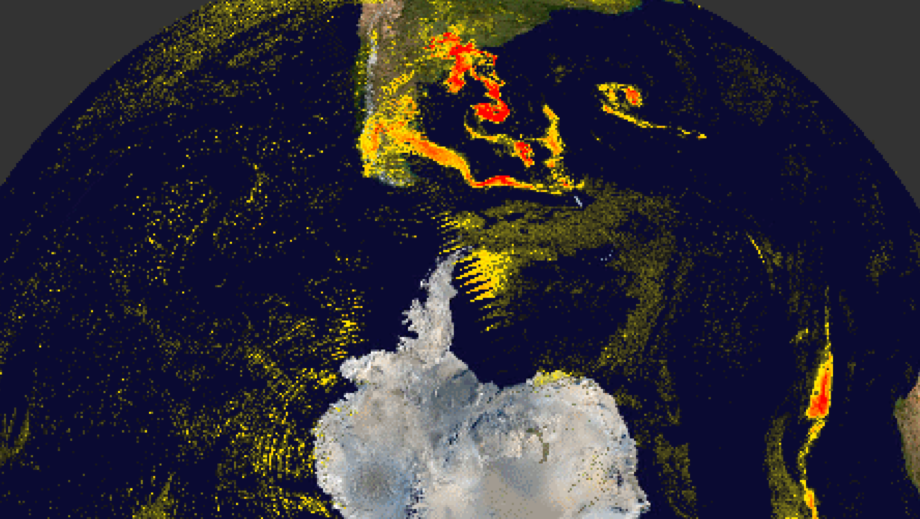Ash cloud: LAN resumes LA800/QF321 flight to Santiago via Auckland

LAN Chile has announced that its LA800 flight from Sydney to Santiago via Auckland will resume normal schedule from Friday July 8th (departing 9.25am). This flight is codeshared with Qantas QF321 to Auckland.
The Volcanic Ash Advisory Centre (VAAC) locations in Wellington and Darwin are forecasting that the ash cloud from Chilean volcano Puyehue-Cordón Caulle will not affect Australian, New Zealand or trans-Tasman airspace. Qantas, Jetstar and Virgin Australia's Pacific Blue subsidiary should all be running to normal schedules.
Travellers at Melbourne, Adelaide, Launceston and Hobart airports -- previously closed by the plume -- will be glad to avoid further disruption. Similarly, New Zealand domestic and international passengers from Wellington, Christchurch, Queenstown and Dunedin shouldn't experience ash cloud-related delays.
Several flights, including international services to South Africa and South America may operating with delays.
This will be Australian Business Traveller's last ash cloud-related update unless further plumes are expected to affect flights in the region.
The Australian Bureau of Meteorology (BOM) operates the Volcanic Ash Advisory Centre location in Darwin, covering ash cloud predictions for Australia and much of Southeast Asia, as part of the global VAAC network.
The Wellington centre, run by New Zealand's Metservice, covers NZ and the south Pacific.
The ash cloud is well to the south of Australia, and is being buffered southwards towards Antarctica. (Click on the map for a magnified version.) Domestic flights are unlikely to be affected during the forecast period. (Add 10 hours to the forecast date and time for Sydney time.)
The New Zealand forecast has the ash cloud far to the east of the country. (Add 12 hours to the timestamp for NZ time.)
Most modern airliners are designed with ideal cruising altitudes between 25,000 and 30,000 feet. Flying lower to avoid the ash or skirting around the highest concentrations is more expensive since it burns more fuel and/or involves longer flight paths.
For the very latest, check back with Australian Business Traveller here and on Twitter: @AusBT.



Hi Guest, join in the discussion on Ash cloud: LAN resumes LA800/QF321 flight to Santiago via Auckland